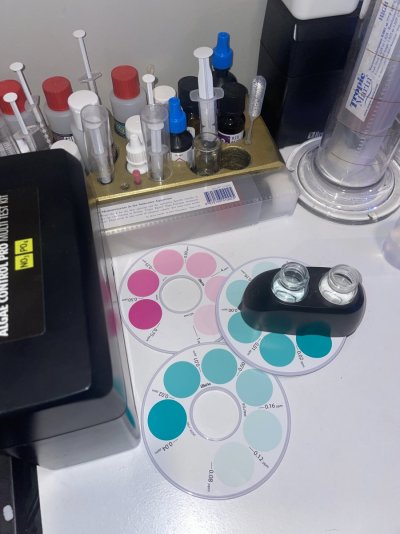- Joined
- May 15, 2019
- Messages
- 34
- Reaction score
- 11
Is it possible to dehydrate water samples to concentrate certain ions such as nitrate or phosphate to allow more precise low range measurements, similar to how dilutions are possible when concentrations are too high to measure?
I understand certain parameters, such as calcium and magnesium, would start to precipitate, but wouldn’t phosphate and nitrogenous compounds stay relatively unreacted?
If so, what would be the most efficient way to do this? Boiling? Leaving outside in the sun? A food dehydrator?
Thank you.
I understand certain parameters, such as calcium and magnesium, would start to precipitate, but wouldn’t phosphate and nitrogenous compounds stay relatively unreacted?
If so, what would be the most efficient way to do this? Boiling? Leaving outside in the sun? A food dehydrator?
Thank you.





















